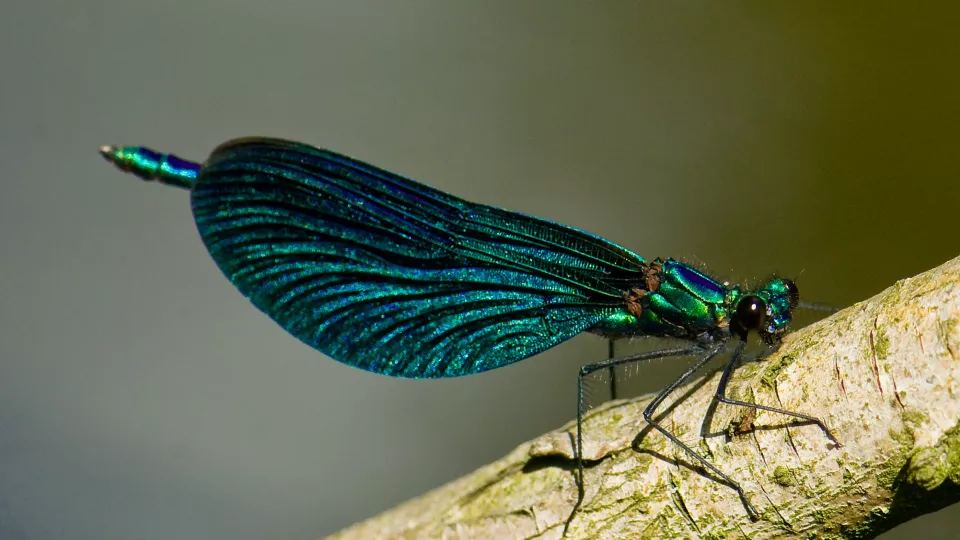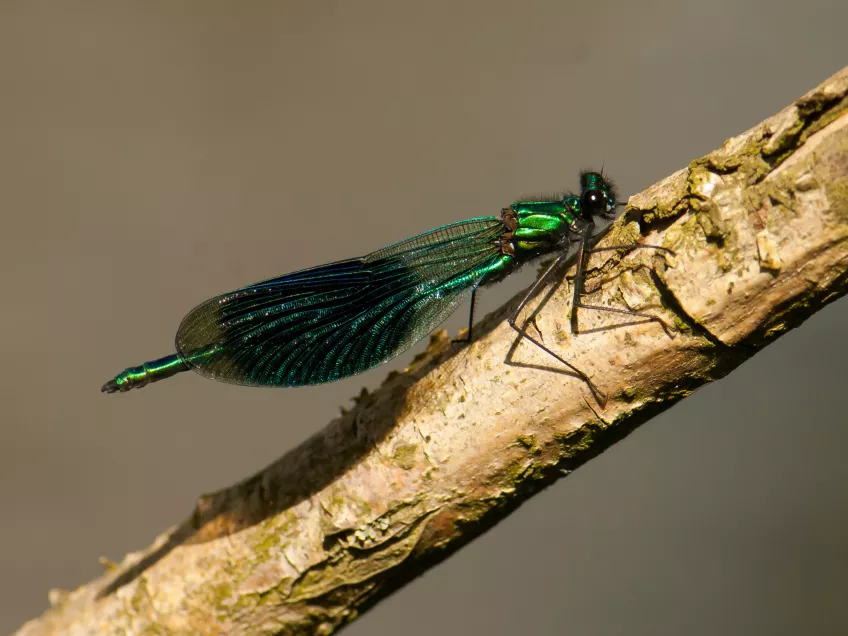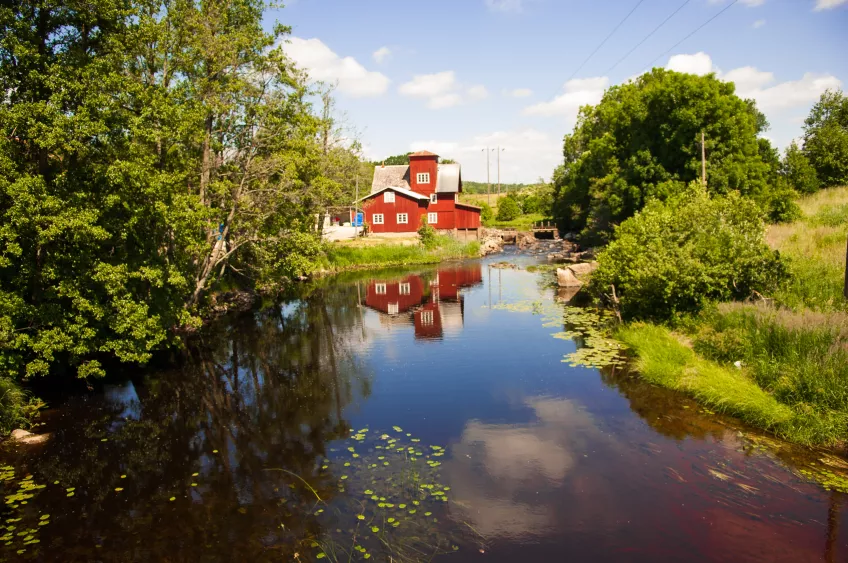Species that differ considerably in their ecology rarely have problems living in close proximity as they do no compete for the same natural resources. When, however, two similar species live side by side and utilize the same food, habitat and other resources, this often leads to one of the species outcompeting the other, according to traditional ecological theory.
The role of chance as a contributing mechanism whether species dies out locally is not near as well investigated as is competition, and limited empirical data is available. The recent study is one of the most extensive to date, and is based on experiments and computer simulations combined with field studies.
The results show that chance has a certain significance, and that it is not possible in advance to say which of two co-existing species will die out locally.
The researchers have also studied a factor that counteracts the role of chance, known as negative frequency-dependence. . The mechanism can be described as an elastic band that is stretched out, but pulls back when a species becomes rare. This is because the few remaining individuals in the rare species gain some minority advantages, such as reduced competition or aggression from other individuals. The effect is that the rare species becomes more common again.
“Sometimes the elastic band doesn’t work or pulls back too late. Then the species dies out locally”, explains Erik Svensson, biologist at Lund University.
Conservation initiatives can sometimes help to save species and thereby maintain local biodiversity.
“Such efforts are definitely not futile. But the world is never totally predictable and our study shows that chance plays some role for whether a species survives locally or not. Perhaps we humans have less power than we think”, he concludes.
About the study:
Erik Svensson collaborated with Hanna Bensch and Miguel Gomez, who both work at the Department of Biology in Lund, and with Anais Rivas Torres, from Vigo University in Spain.
They studied two closely related species of damselflies: the beautiful demoiselle(Calopteryx virgo) and the blue-banded demoiselle (C. splendens). These two ecologically similar species live side by side along the same streams in southern Sweden and large parts of Europe.
Publication: Frequency Dependence and Ecological Drift Shape Coexistence of Species with Similar Niches
Contact:
Erik Svensson, professor
Department of Biology, Lund University
+46 46 222 38 19
+46 70 597 04 03
erik [dot] svensson [at] biol [dot] lu [dot] se (erik[dot]svensson[at]biol[dot]lu[dot]se)


